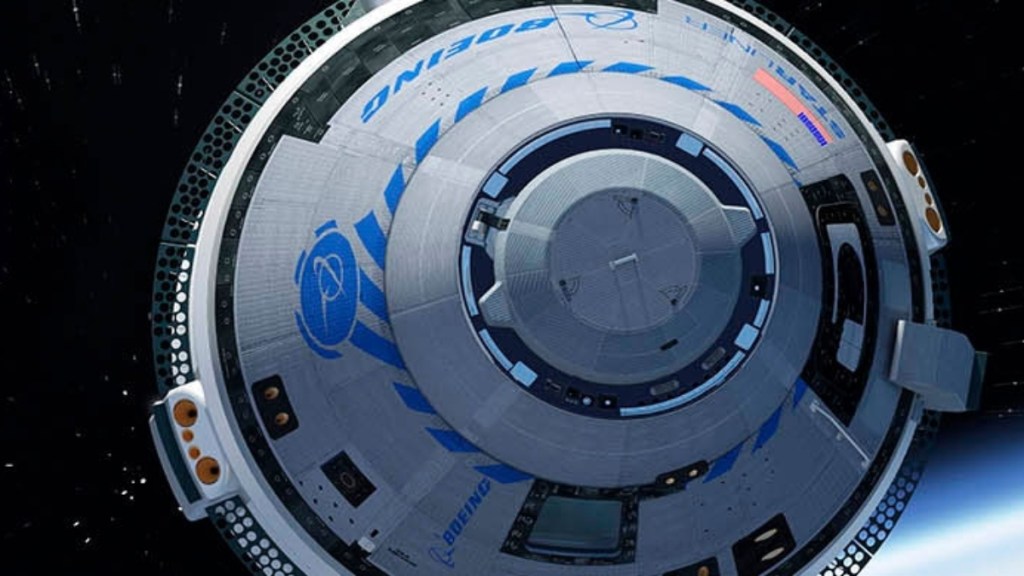The scheduled launch of Boeing’s CST-100 Starliner over the weekend was a moment poised to make history, yet it unfolded into a narrative of caution and meticulous scrutiny. With only 3 minutes and 50 seconds to go, the launch sequence was arrested, not by human command, but by the vigilant judgement of automated systems designed to safeguard human lives.
What Happened?
In conversation with Financial Express Online, Dr Srimathy Kesan, Founder, and CEO of SpaceKidz India, says: “The Starliner’s journey to the International Space Station (ISS) was meticulously planned, with every system and sequence designed for optimal performance. The launch control system, which includes the ground launch sequencer, is programmed to execute a series of commands that prepare the spacecraft for liftoff.”
“These include pressurizing fuel tanks, transitioning to onboard batteries, and configuring systems for launch. When the sequencer detected an anomaly, it followed its safety protocol to abort the launch. Engineers are now tasked with diagnosing the issue, which involves a thorough analysis of the sequencer’s redundancy verification process. The complexity of this task is heightened by the need to defuelling the rocket and ensure a safe environment for personnel to approach the launch pad,” Dr Kesan explains.
The Paramount Concern
NASA astronauts Barry “Butch” Wilmore and Sunita “Suni” Williams were the chosen crew for this landmark flight. “As the clock neared its final countdown, a computer system anomaly triggered an automatic halt. Despite the abrupt interruption, the safety protocols functioned impeccably, allowing Wilmore and Williams to be extracted from the spacecraft unharmed. This incident underscores the paramount importance of astronaut safety in the era of commercial spaceflight,” she adds.
In her opinion crewed launches amplify the complexity of space missions. Unlike cargo-only flights, the presence of astronauts necessitates an additional layer of life-support systems, escape mechanisms, and redundancy checks. These systems must work in concert to ensure not just a successful launch, but also a safe return. The Starliner’s journey is emblematic of these challenges, as it represents Boeing’s first foray into astronaut transport.
A significant step in its competition with SpaceX
While SpaceX has already established a foothold with its Crew Dragon missions, Boeing’s entry into the market is anticipated to intensify the rivalry. The question of whether Starliner can match SpaceX’s economic efficiency remains open. However, this competitive dynamic is expected to catalyze advancements and potentially drive down costs, benefiting the industry at large.
In a parallel narrative of space exploration, China’s Chang’e 6 mission has successfully performed a soft landing on the far side of the Moon. This marks a significant achievement as it is the first mission to return lunar samples from this uncharted territory. The Chang’e 6 probe landed in the Apollo Crater within the South Pole-Aitken basin, one of the largest known impact structures in the solar system. The mission aims to collect about 2 kilograms of material using a drill and mechanical arm, which could provide insights into the Moon’s geological history and the origin of water in the solar system.
“The aborted launch of the Starliner juxtaposed with China’s Chang’e 6 lunar success serves as a poignant reminder of the challenges and triumphs inherent in space exploration. As we await the rescheduled launch of the Starliner, we celebrate the advancements made by international space agencies in pushing the boundaries of human knowledge and capability,” Dr Kesan states.

